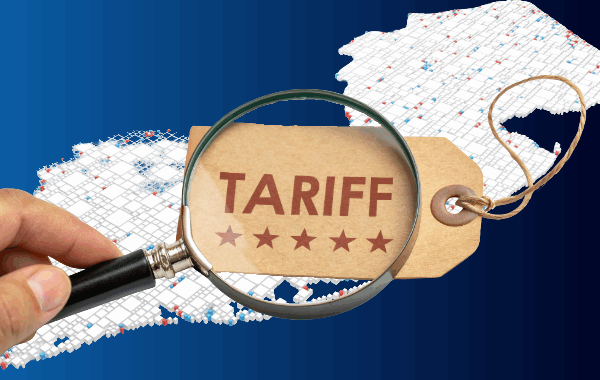Despite economic challenges, 75% of mid-sized business owners expect their revenues to increase and 71% are planning to hire over the next 12 months, according to the 2023 Bank of America Mid-Sized Business Owner Report.
The findings, released July 26, are based on a nationwide survey of more than 300 mid-sized business owners (MSBOs) with $5 million to $50 million in annual revenues.
"The strength of mid-sized businesses is essential to the health of the U.S. economy," said Raul Anaya, President of Business Banking at Bank of America.
"Preparation, optimism, and flexibility are traits of successful leaders in this environment, with investments in the workforce and digital transformation topping their current list of priorities to remain resilient and position their businesses for growth," Anaya said.
Operational Changes and Financing
MSBOs are maintaining a positive outlook, as 75% plan to expand their business and 67% expect the national economy to improve over the next 12 months. Additional insights into mid-sized business operations and financing in the current environment include:
- Macroeconomic challenges, including inflation, the threat of a recession, and supply chain issues, are driving companies to make operational changes, such as raising prices (45%), revaluating cash flow and spending (37%), increasing employee wages (35%), and reducing business costs (33%).
- 90% of MSBOs plan to obtain funding to finance their businesses over the next 12 months, including through business credit cards (43%), traditional bank loans (38%), personal savings (27%), personal credit cards (25%), and venture capital funding (21%).
- Perspectives on financing are not one size fits all. For example, 59% of businesses say they're looking to obtain financing to weather rising interest rates, while 23% say the rising interest rates make them less likely to seek financing.
- Among the more than half (54%) of MSBOs who plan to apply for a bank loan or line of credit in the next 12 months, they plan to use these funds to: invest in new technology (43%), invest in new equipment (37%), and market/promote their business (35%).
Digitization on the Rise
Over the last 12 months, 90% of MSBOs have adopted digital strategies to further optimize their businesses and operations, with new digital tools helping them to save time (48%), increase customer satisfaction (43%), manage cash flow (43%), stay organized (41%) and reach new customers (37%). Other ways innovation is at play within mid-sized businesses include:
- 87% plan to further utilize automation and artificial intelligence to stand out from competitors (45%), assist with hiring (45%), and streamline payroll and bookkeeping (43%).
- As the use of digital wallets and cashless payments continues to grow in popularity, 76% of MSBOs anticipate that all their transactions will eventually be digital.
- 71% say the marketing of their business is now done primarily online or through digital-first channels.
- 88% see cybersecurity as a threat to their business, and as a result are further investing in digital security systems (65%) and storing less business information online (39%).
Labor Market Realities
Current labor shortages have challenged business owners looking to attract and retain talent. To recruit qualified candidates, many MSBOS are increasing salaries (43%), offering more PTO (40%), strengthening retirement benefits (36%) and introducing new employee training and resource groups (34%).
Given the complexity and competitiveness of this labor market, MSBOs are also employing strategies that emphasize their commitment to retaining their existing employees. Four out of five (78%) business owners say the following actions over the last year have led to a meaningful impact in employee morale and/or retention:
- Increasing paid time off (PTO) (39%)
- Offering cost-of-living bonuses (38%)
- Providing additional healthcare benefits (37%)
- Augmenting retirement benefits (34%)
The survey was conducted by Ipsos Public Affairs for Bank of America between May 3 and May 12 using a pre-recruited online sample of business owners who employed between two and 499 employees and had annual revenues of between $5 million and $49.99 million. The study results were weighted to national benchmark standards for size, revenue and region.




